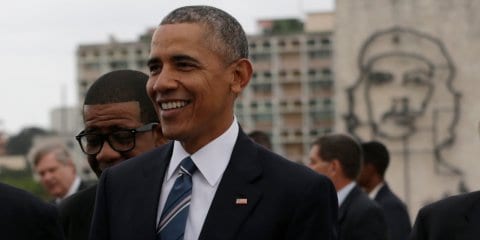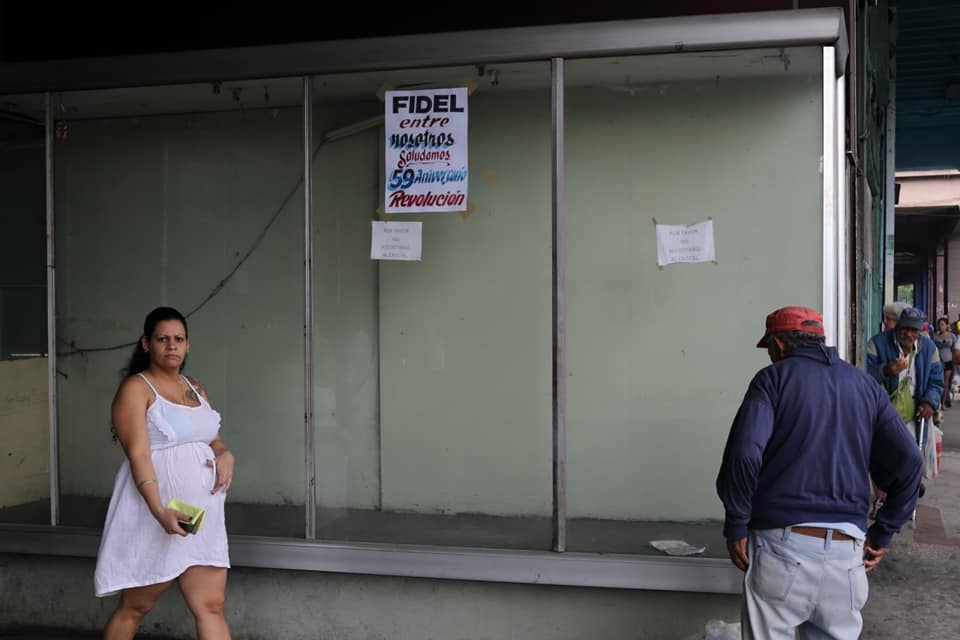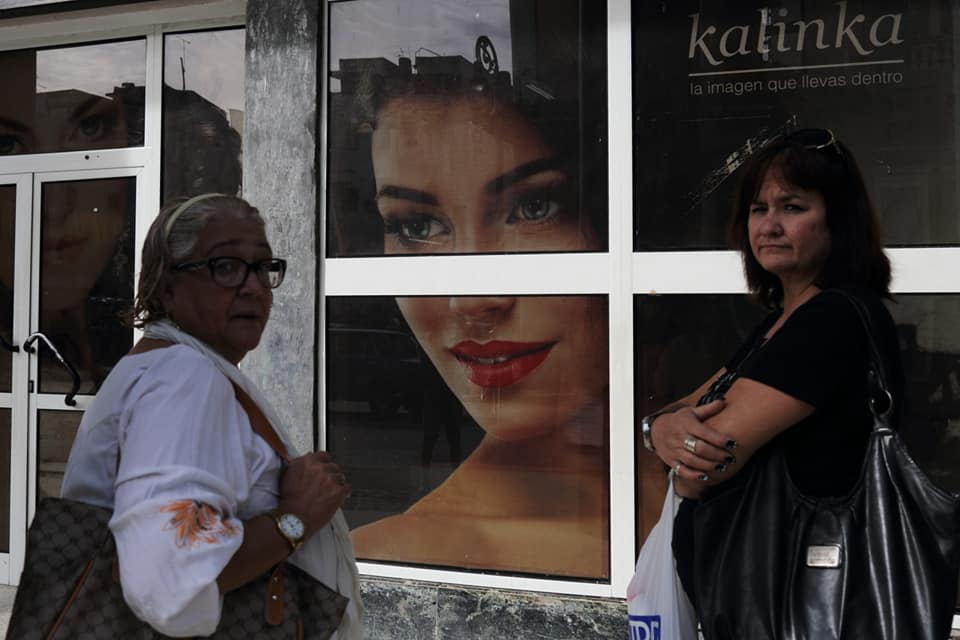Ten Challenges for a New Cuban President

HAVANA TIMES – Raul Castro began his tenure in office with reforms that opened the Cuban economy to small private sectors and with the reestablishment of relations with the United States. However during recent years the pace of opening slowed and the thaw with Washington came to a halt, leaving the new president to take office later this week many pending tasks.
Below we highlight, with input from the dpa news agency, some of the main issues that the new Cuban president will have to manage.
FOREIGN INVESTMENT
The Cuban government recognizes that it needs to attract yearly more than 2.5 billion dollars of foreign investment for the economy to grow. To generate confidence among investors, Havana refinanced its historic debt with the Paris Club and promised to pay the 2.6 billion dollars outstanding. However, the bureaucratic obstacles have delayed the approval and execution of possible investments that have been far below the target.
RELATIONS WITH THE UNITED STATES

One of the great achievements of Raul Castro’s presidency was the historic restoration of diplomatic relations with the United States after decades of confrontation. The period of rapprochement experienced with President Barack Obama as of December 2014, was slowed down when, after Obama’s visit to Cuba in March 2016, and his speech to the Cuban people, he was severely criticized by Fidel Castro and villainized by the Cuban media.
Relations went from bad to worse since then and especially when Donald Trump arrived at the White House in January 2017.
The new US president has recovered the past language of hostility towards the Cuban authorities and the relations are in a deadlock with the suspension of consular procedures, including visas, for the Cuban population at the US embassy in Havana. Although Trump has made tourism to Cuba more difficult for US citizens, it is still possible, and diplomatic relations are maintained.
MONETARY UNIFICATION

Since the 1990s, two national currencies have circulated on the island: the Cuban peso CUP and the convertible peso CUC, which is comparable to the US dollar. The exchange rate is 24 CUP per 1 CUC. The State pays salaries in CUP and Cubans pay subsidized basic services such as electricity and water and a minimum amount of rationed food in this currency, while the CUC is to buy products in state stores and is the currency used by tourists.
Two currencies for two economies and although its imminent unification was announced several times in recent years, the final date never arrived.
One of the reasons for the inability to date to unify the currencies is a number of other exchange rates used by the government that maintain artificially solvent many unproductive state companies that could fail if they had to survive without accounting advantages. In part, they also survive on the very low wages paid to their workers.
SUSTAINABILITY OF SOCIAL SERVICES

The Cuban government has always been proud of social achievements such as universal and free access to education, health or sports. “Health is free, but it costs”, and other phrases are beginning to appear on murals of medical centers or stamped on prescriptions to raise awareness of the large effort of the Cuban State to maintain such services.
AN AGING POPULATION
Cuba has 11.2 million inhabitants, of which 20 percent are over 60 years of age. In a country with a life expectancy of around 80 years, many young people emigrate seeking better economic opportunities. The imbalance begins to worry the Cuban Government, which estimates that in the period 2020-2025 Cuba will be the oldest country in Latin America and the Caribbean.
SEPARATION OF FUNCTIONS BETWEEN THE STATE AND THE COMMUNIST PARTY
For decades, the Communist Party (PCC) and the Government have been led by the same person, first Fidel Castro and then his brother Raul Castro, but now for the first time they will have different people at the helm. Although another president will be named this week, the prognosis is that Raul Castro, 86, will remain as First Secretary of the PCC, which is considered by the Cuban Constitution as “the leading force of society.” The emphasis being projected in the media is that although the president changes, the system and most of his policies will be immovable.

KEEP THE SOCIAL CONSENSUS IN THE REVOLUTION
Since he assumed power, Raul Castro’s great concern has been the institutionalization of the Revolution, beyond the strong leadership to which Cubans were accustomed. The legitimacy of politicians who did not fight against the dictator Fulgencio Batista will require greater citizen participation.
ECONOMIC GROWTH
Making Cuba a “prosperous and sustainable country” was the main objective of Raul Castro, but the economy did not improve. The political crisis experienced by his Venezuelan ally caused Cuba to close 2016 with a recession of 0.9 percent of GDP, the first time in the last 20 years. In 2017 it grew a very modest 1.6 percent thanks to the pull of tourism and the construction of hotel infrastructure.
THE ROLE OF THE PRIVATE SECTOR IN CUBA

The presidency of Raul Castro began with an opening of the economy to the private sector, but focusing on food services, room/apartment rentals and small trades, while the State maintained a monopoly in strategic sectors such as energy and communications as well as near total control of imports, exports and retail commerce. The tourist “boom” meant a growth of the private sector but the Government backtracked in 2017, putting a stop on the granting of new licenses, generating uncertainty about which route the new president will choose. Many small entrepreneurs who were in the design and investment stage saw their projects grind to a halt.
RELATIONSHIP WITH CUBAN EMIGRATION
Sectors of the population that did not agree with the socialist course taken by Fidel Castro carried out several migratory waves. Many times the emigrants were described by Fidel, and then the other Communist leaders, as “worms, traitors and counterrevolutionaries” that the country could do without. Nearly all of their possessions were confiscated for having chosen to leave the country.
Today, the Cuban government needs to continue to capture the money of what some leaders call the “ex-Cubans”, estimated at 3 billion dollars per year, sent as family remittances. A good part is spent in stores run by conglomerates of the Cuban army.
The emigrants cannot legally invest on the island or own properties, although some do via family members or silent partners.






There is an old saying from the Eastern European countries that once were in the Soviet bloc. “Everything they told us about communism was a lie, but everything they told us about capitalism was true.”
This dark humor refers to the experience of millions of people. Communism did not bring forth a flourishing workers state as promised, but after 1990 capitalism plunged many millions more into poverty. The best state-owned industries were either looted or bought by bigger Western companies. Once purchased their capital assets were moved and whole communities were left with neither jobs or the social services that were at least present under the old socialist government.
China has done better, but only because of their rapid growth. But even China still has 400 million impoverished peasants many of whom flock to cities for work and end up living in shantytowns.
I believe the best option for Cuba is a massive transformation to worker coops. Most will need some form of government support in the early stages, but if successful, Cuba will have achieved two goals; creating a viable economy for the 21st century and maintaining the true core of socialism by keeping the productive forces of society in the hands of those who produce, in other words the working class.
Hi Moses, you have done a great and accurate clarification needed to understand this article, the writing is correct, but if the reader is not aware about Cuban policy and history could make the mistake of believe that the challenges for the new “president” are the same than for the people in general, the new government first challenge is to change as little as possible to keep control, the first challenge for the people is to resist a little longer awaiting this so called revolution finally ends
The article missed one: Government paranoia. All government leadership aim to succeed themselves. However in Cuba, this desire to maintain in power has been and will likely remain the driving force behind every decision they make. What this has meant for the Cuban people is that when the opportunity for economic or social progress presented itself but the risk of choosing this opportunity threatened the control of the Castro dictatorship, the Castros rejected progress and chose to remain in control. Will the new President be forced to make the same choices?